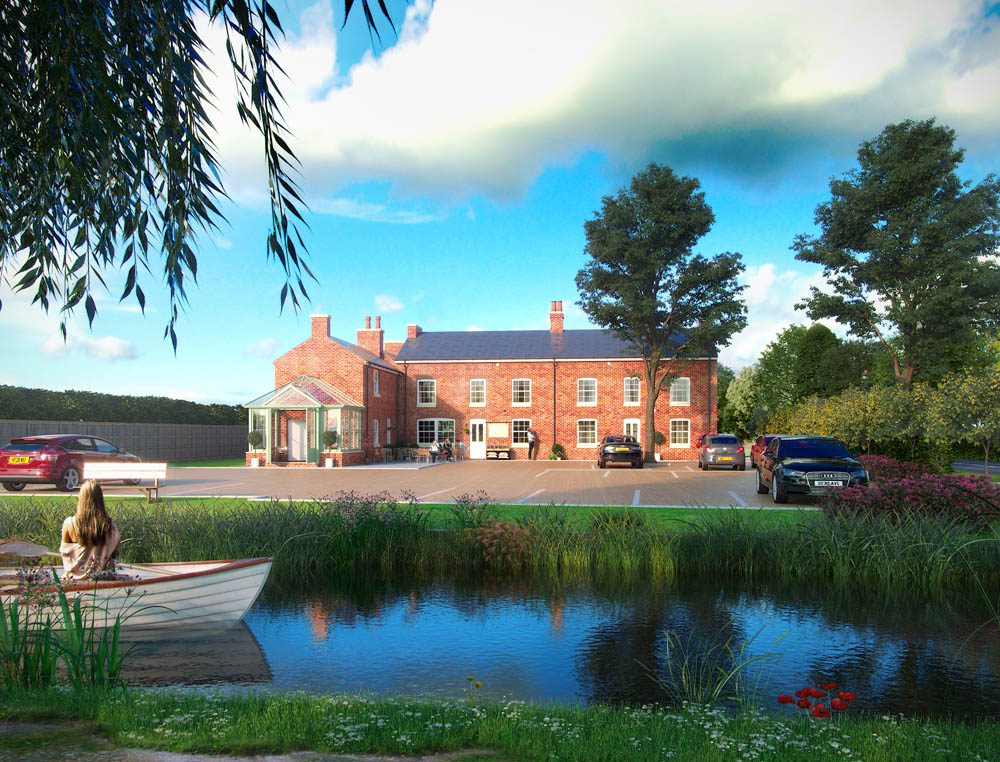
Six disused and derelict 200-year-old cottages in Draycott, Derbyshire have been transformed into a stunning residential development and historical tourist attraction thanks to the tireless work of Derbyshire and Sandiacre Canal Trust and an army of local volunteers!
Built in the1820s on the banks of the old Derby Canal, the original buildings were used for the making of cotton thread, but when the Mill closed in the 1830s, they were converted into houses for the mill workers and local families from nearby farms.
By 1985, the brick buildings had become derelict, and the last family had moved out. With holes appearing in the roofs, disintegrating floors and the walls crumbling down, they were perilously close to demolition, when they were rescued by the Derbyshire and Sandiacre Canal Trust in 2017, as part of its ambitious plans to restore the 13-mile disused canal and particularly the stretch outside the buildings known as the ‘Golden Mile’.
Seeing their potential as a heritage attraction, the Trust launched a £650k appeal to convert these ramshackle cottages into a vibrant mixed-use complex of three 2–3-bedroom domestic dwellings, a canal side café, and commercial space for leisure companies. The development would also incorporate a museum showing what life was like on the canal and at the Mill for its workers in years gone by.
Designs for the conversion were put together by conservation experts ADDC Architects, who responded to the complicated evolution of the original three brick buildings, which had already been altered, rebuilt, and reworked several times in the 19th century.
For instance, the main Mill building had been poorly converted into nine small cottages, then into two larger houses, before being divided into four homes. A second manufacturing building had been converted into two houses, then re-worked into one and the third building was built as a single house. By the time the last occupants left in 1985, this hotch-potch of conversions, had ended up as six houses.
“Our aim was to preserve as much of the quirky character of the original buildings as possible whilst rationalising the layout and creating some conformity for their new use. Where possible we prioritised conservation over re-building as the most sustainable and practical approach to the development,” said Mike Wood, Director at ADDC Architects.
The large-scale programme of repair and rebuilding involved local tradesmen, contractors and legions of volunteers who began with the clearance of dangerous vegetation and rubbish.
“Public support and enthusiasm for this project has been absolutely overwhelming, with help coming from all parts of the community. We had over twenty dedicated volunteers working in all weathers, who gave over 14,000 hours of their time to this cause,” said Chris Madge, Chairman of the Derby and Sandiacre Canal Trust.
With their help, scaffolding was erected, floors were lowered or taken out, interior walls were moved or underpinned, chimneystacks that were thought to cause instability were taken down, and the plaster and much of the joinery was also removed.
Many of the original wood timbers were reinforced and straightened and the original bricks and slates were salvaged, where possible, for the rebuilding work.
Although the interior layout had to be changed, care was taken to ensure that many of the original features were retained, such as the old gable wall, roof trusses, two nineteenth century staircases, restored doorways and gas mantels, some of which can still be seen in the museum.
Although constructed to modern building standards, traditional and sympathetic products and materials were sourced where possible from local suppliers.
Integral to the restoration was the use of new timber windows, supplied by local windows and doors manufacturer Gowercroft Joinery, which has a long track record of working on heritage and restoration projects.
On the front canal facing elevations, traditional Chatsworth sliding sash windows were installed mostly in the openings where the original timber sashes would have been, and care was taken to match the original designs and configurations.
Manufactured in solid Red Grandis hardwood, their traditional slim finger-jointed frames and Georgian styled glazing bars gave a formal elegance to the double-glazed units, whilst at the rear, various sized Hardwick casement windows reflected the nineteenth century practice of adopting a simpler utilitarian look in non-public facing areas.
Bespoke curved top casements, long since bricked up were reinstated to mirror the original design, and Melbourne hardwood doors added a further consistency to the joinery and timber craftsmanship.
The slim hardwood frames and balanced proportions of the windows perfectly complemented the age and style of the building, whilst offering modern standards of energy efficiency.
“We were delighted to be involved in a project with such an interesting history. We knew from the outset that the traditional craftsmanship of our windows and doors would complement the architecture and the heritage of the cottages whilst delivering an exceptionally high level of performance and comfort for many years to come,” said Joe Grimley, Head of Sales at Gowercroft Joinery.
The beautifully restored Canal Cottages are now a focal point of the Trust’s vision to bring back into public use the 13-mile canal between Derby, Swarkestone and Sandiacre. The delivery of such a special building demonstrates the value of canals and drives the ambition to bring the river into public use in Derby city and act as a key regeneration platform for the city centre post Covid.
Once complete the canal restoration will create a 25-mile cruising ring, including the Trent and Mersey and Erewash Canals, and connecting to a further 2,000 miles of navigable waterways across the UK. The Derby Canal will encourage outdoor activities such as angling, canoeing and have cycle and bridle paths. It will also encourage wildlife in the water and hedgerows. Canals across the country are often seen as a way of improving wellbeing for local citizens and the Derby Canal will certainly deliver on that.
For more information about the restoration of the Golden Mile go to: https://www.derbycanal.org.uk
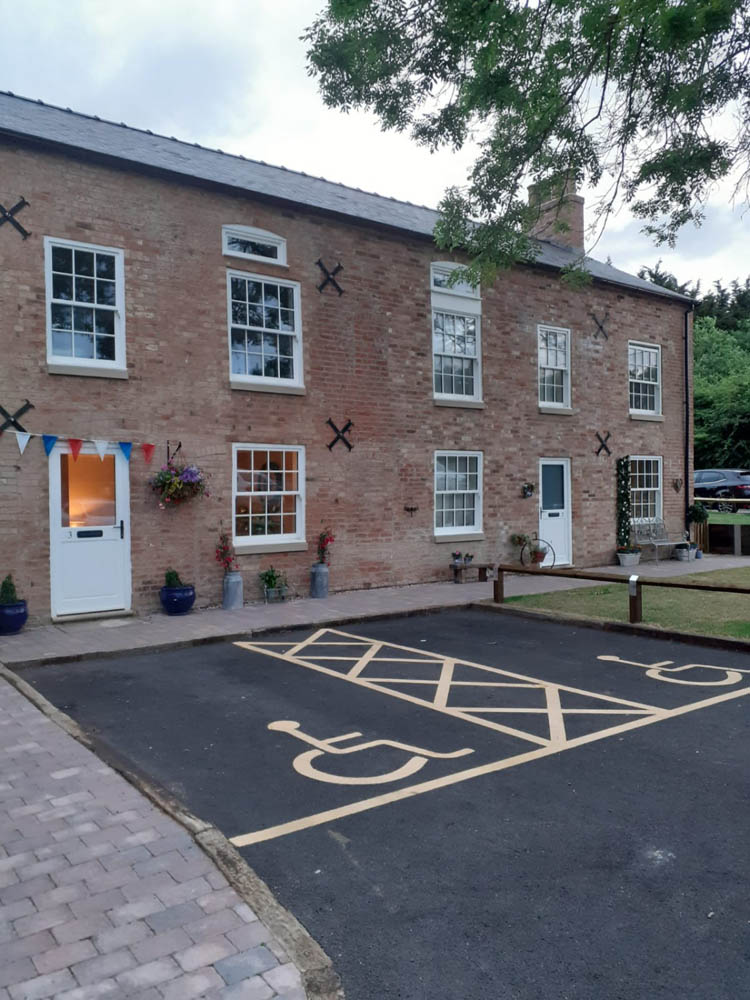
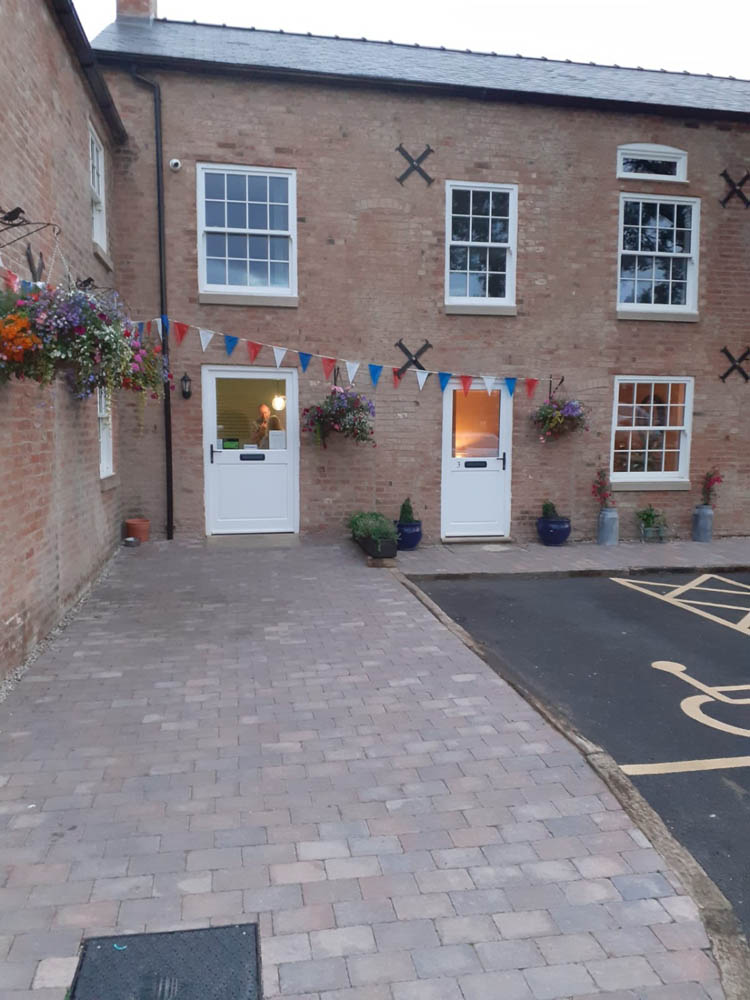
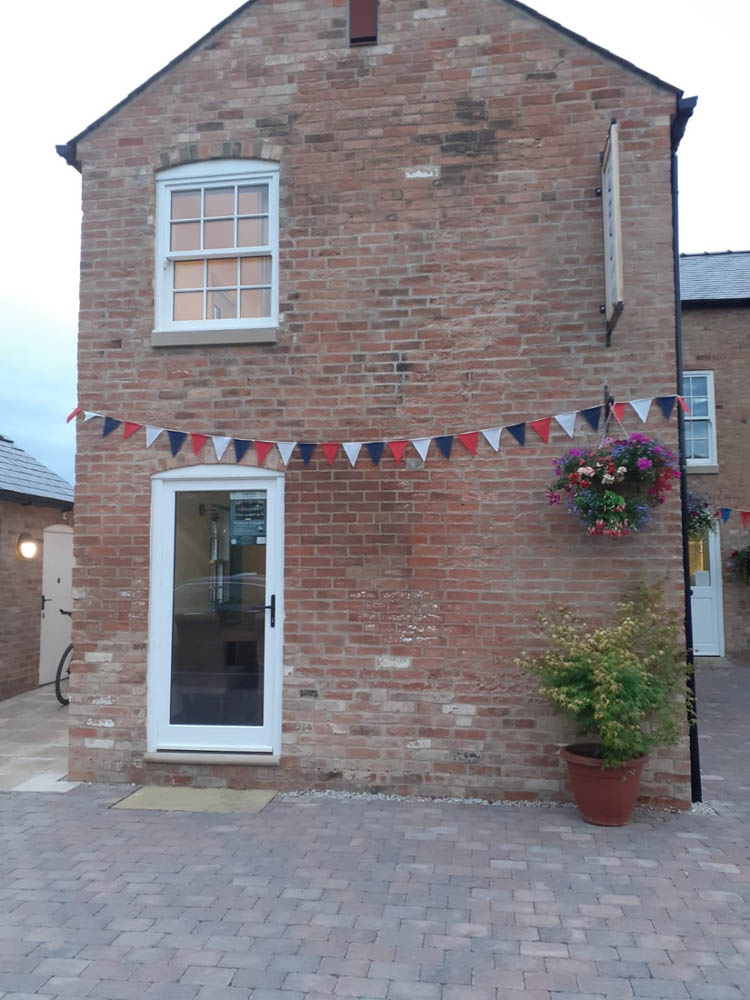
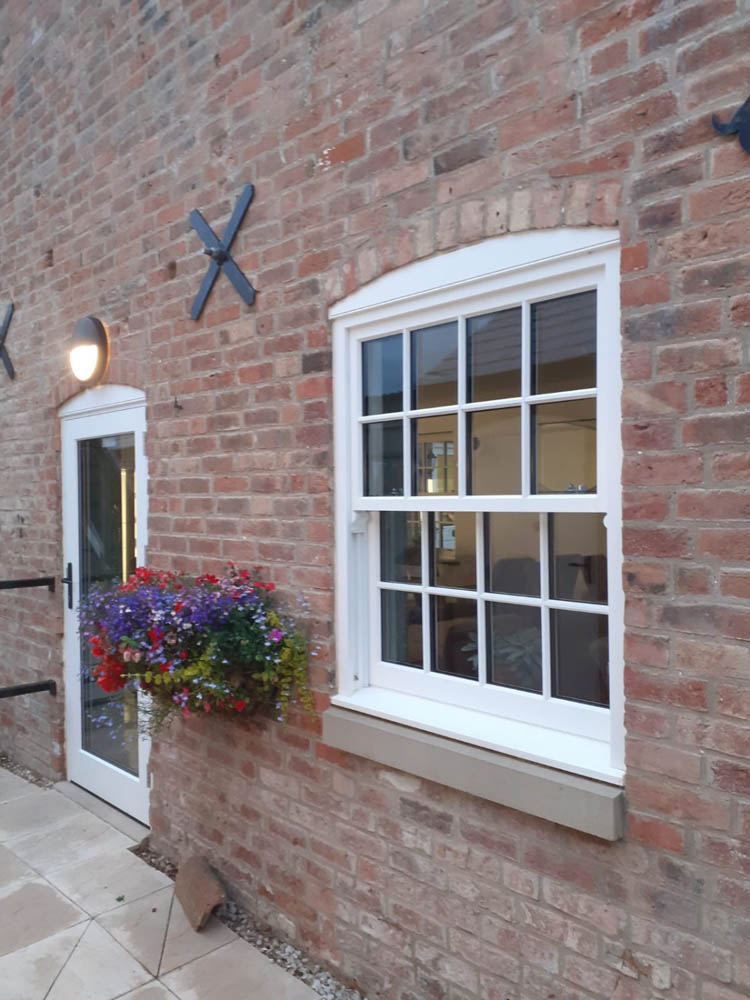
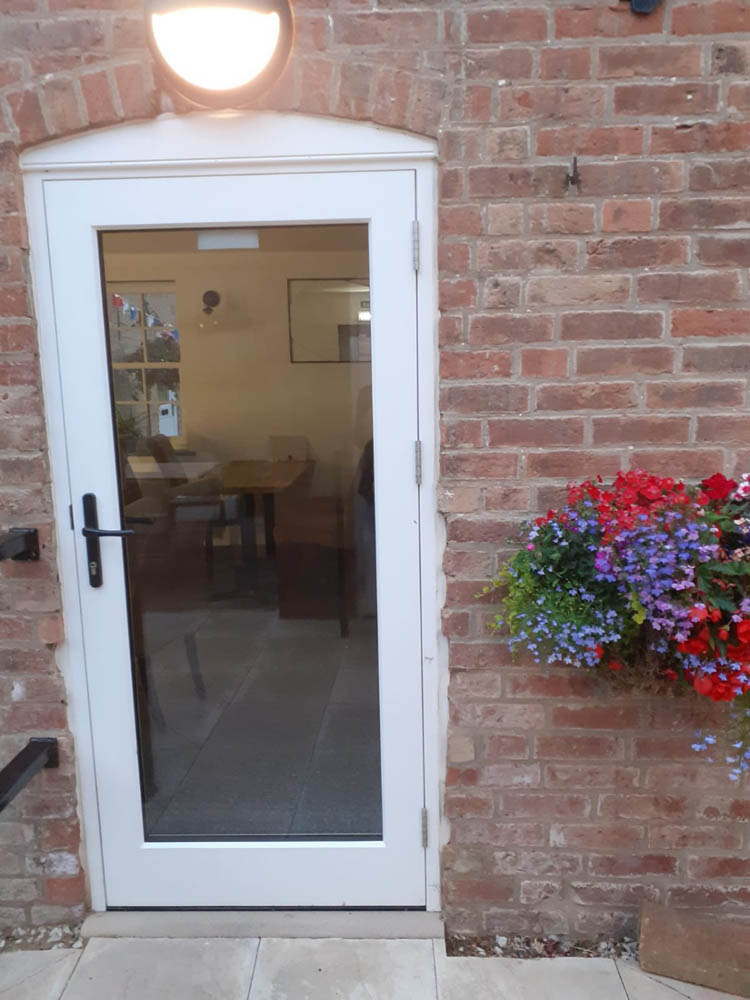
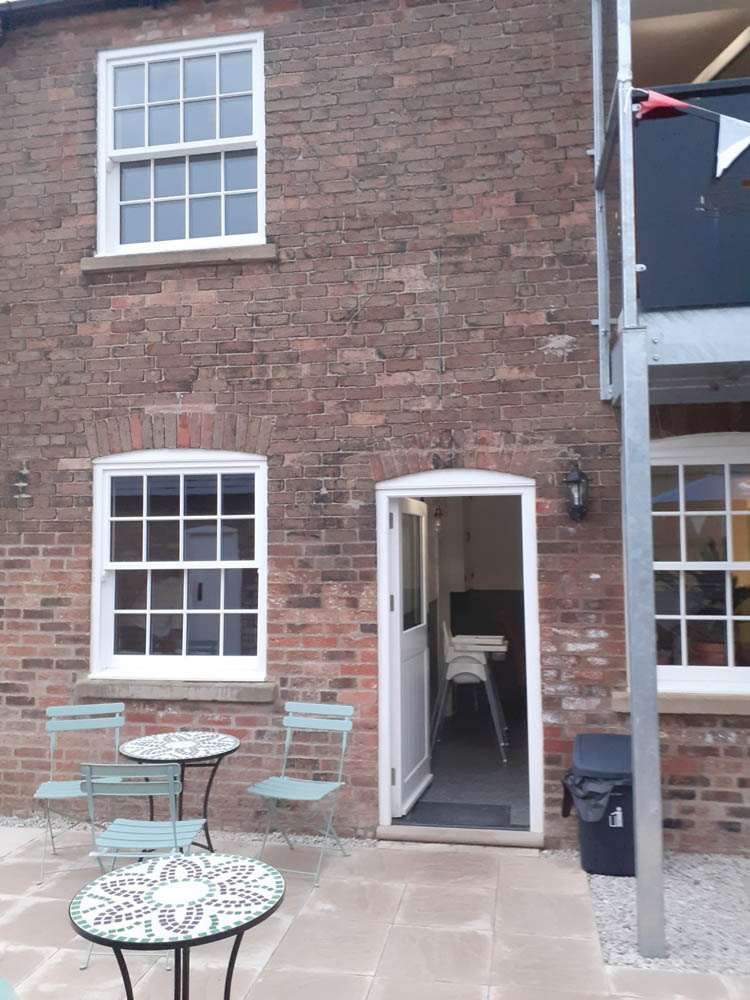
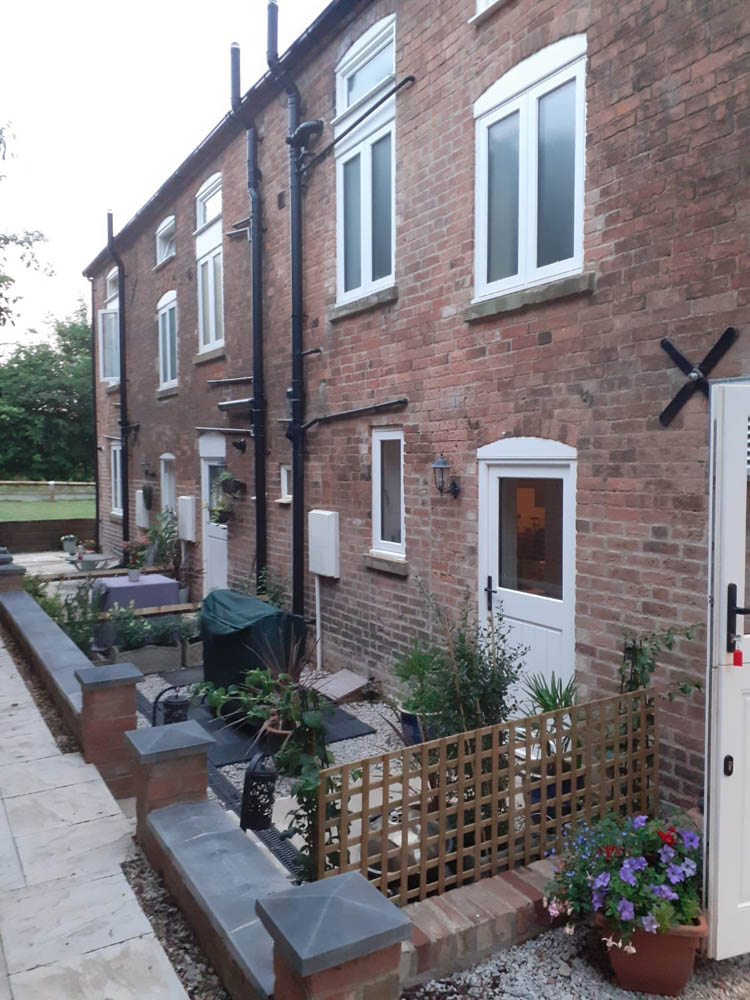
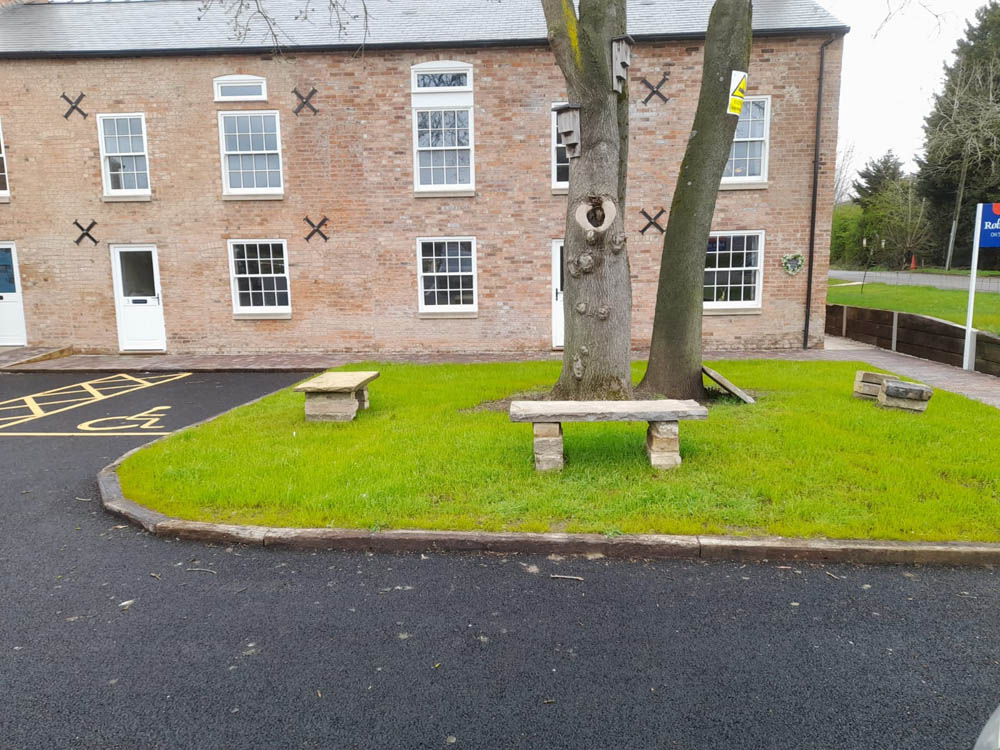
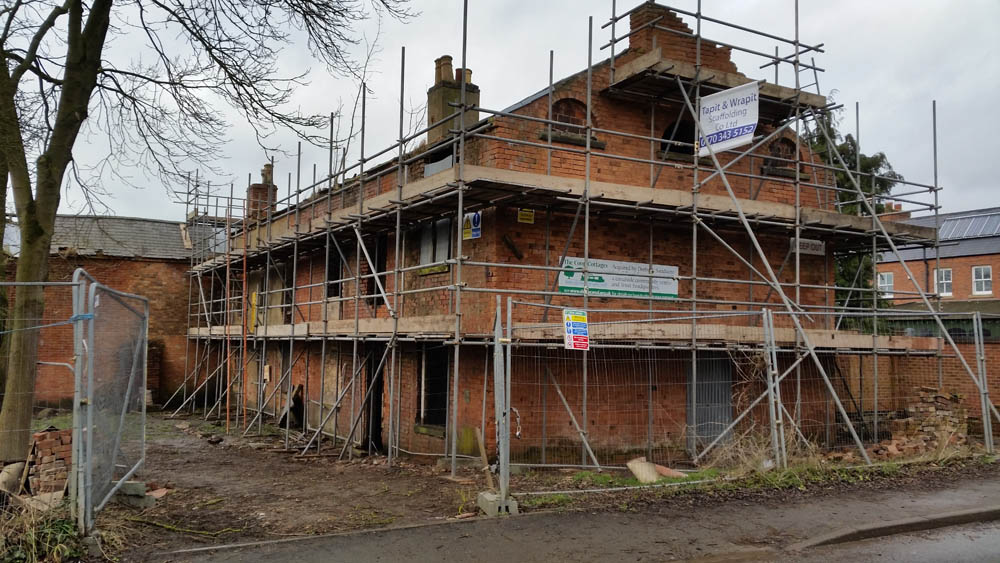
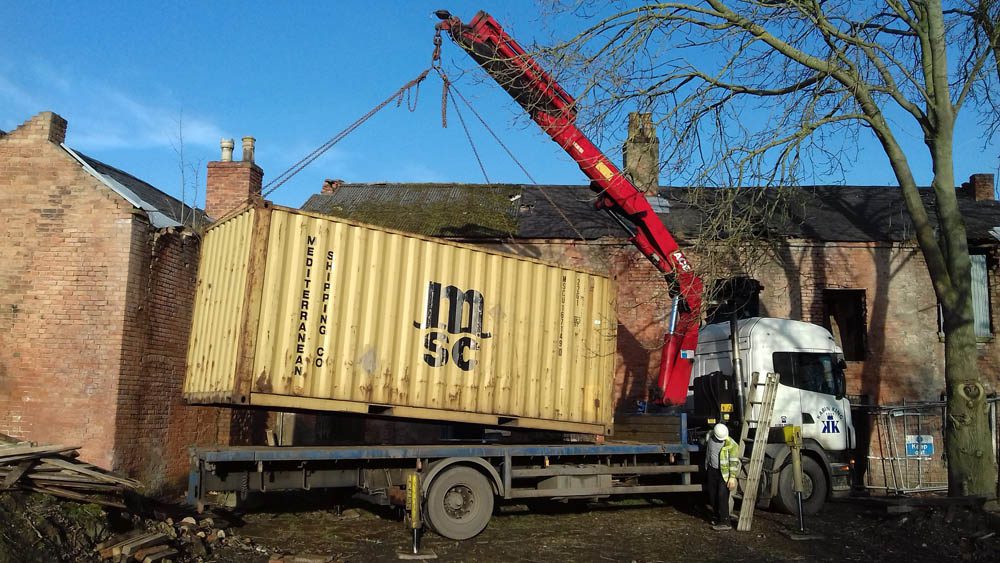
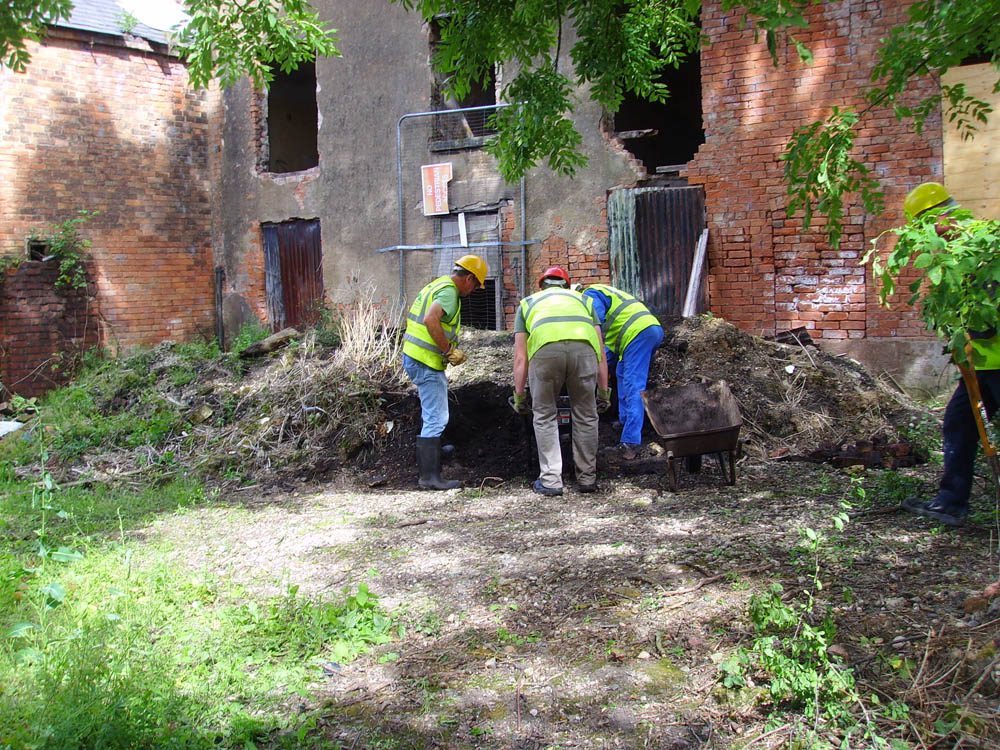
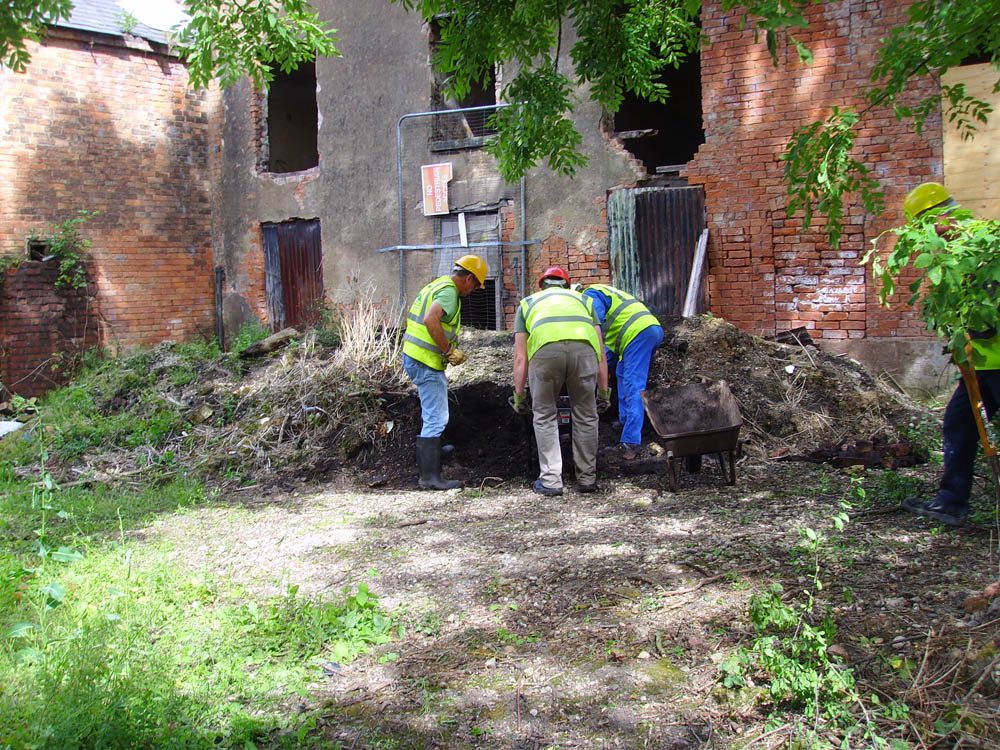
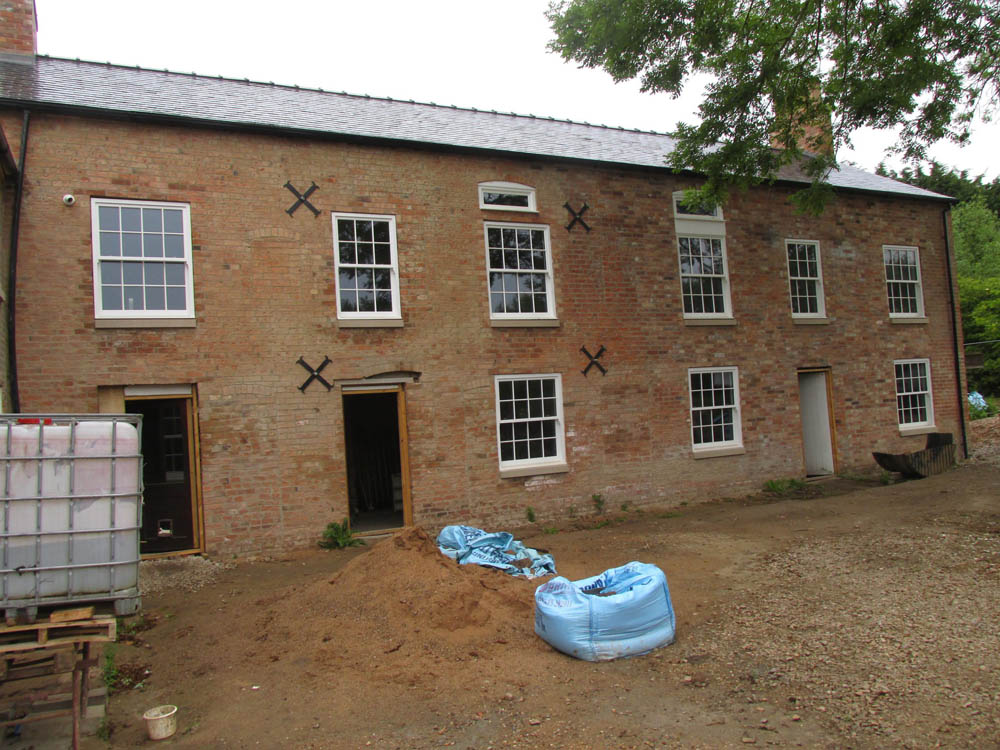
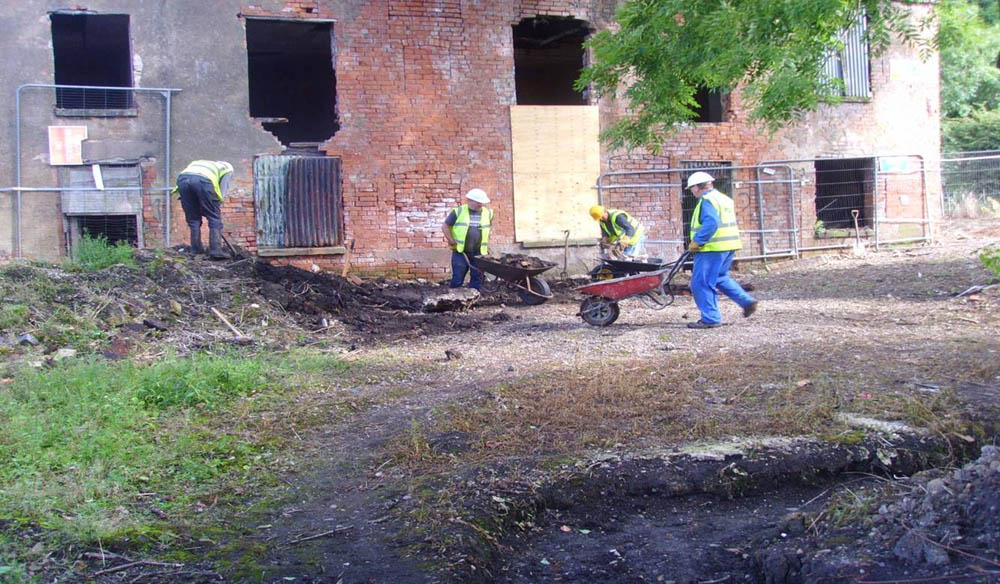


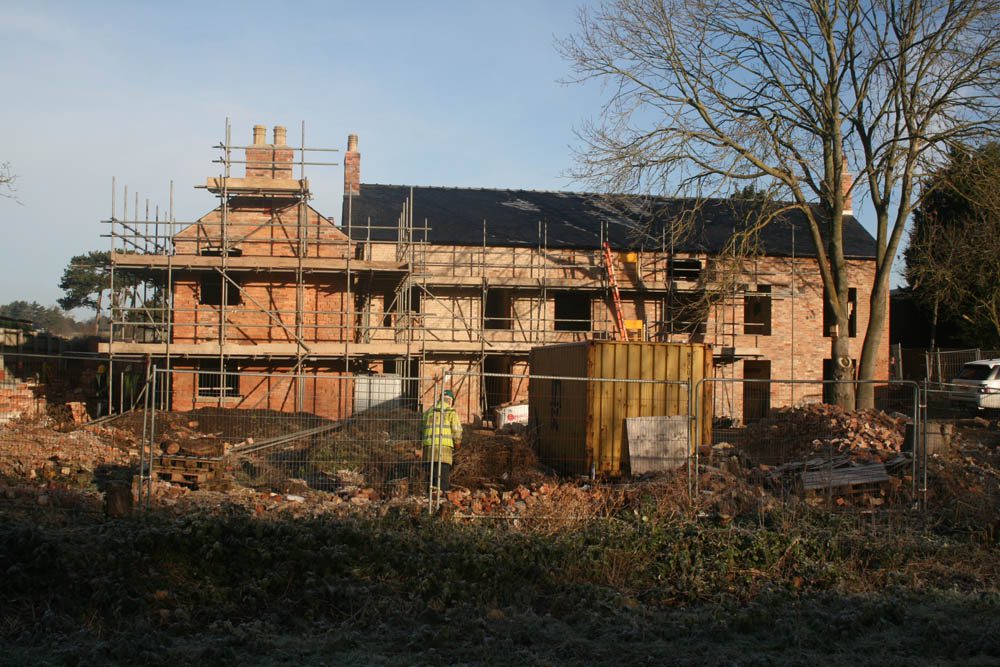
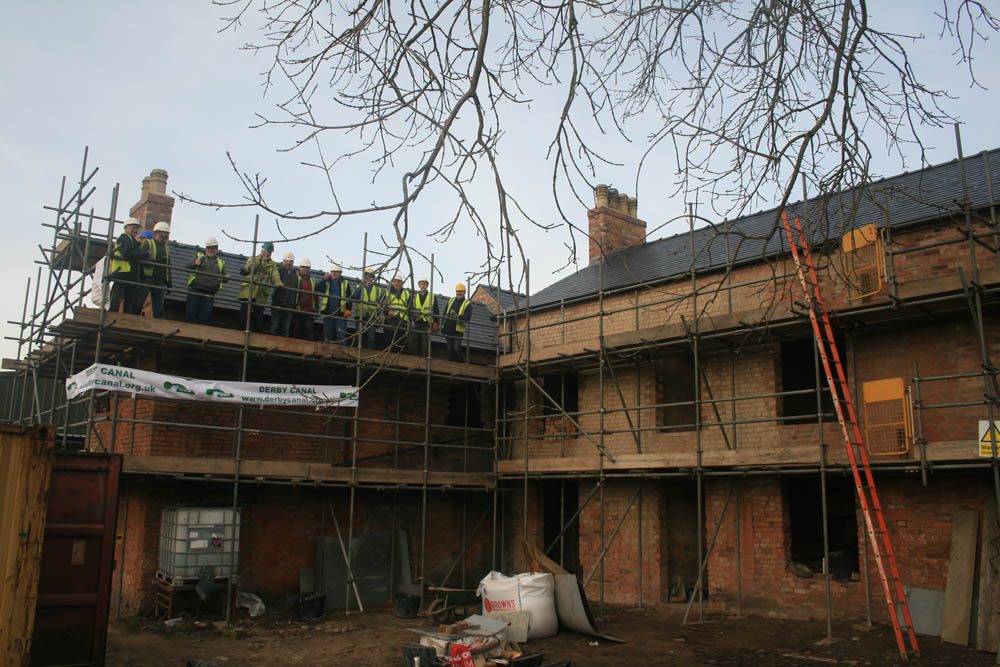
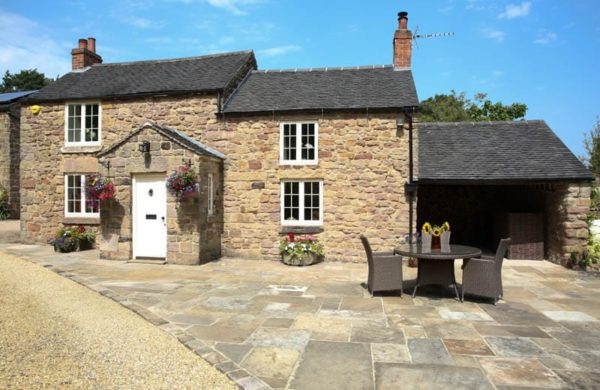
Heritage Windows and Door – the perfect upgrade The historic town on Belper is situated between the Peak District and…
Read More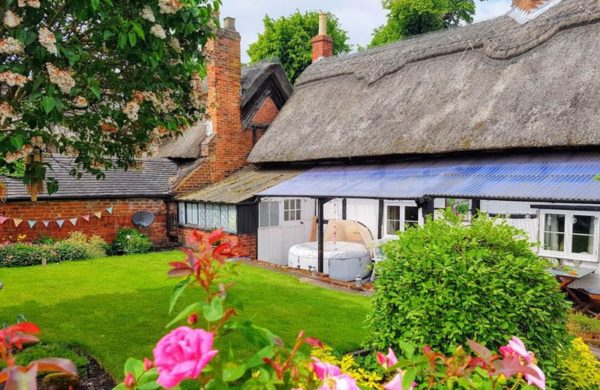
The perfect location for Heritage Double Glazed Windows Three of the school’s 90 or so properties were in need of…
Read More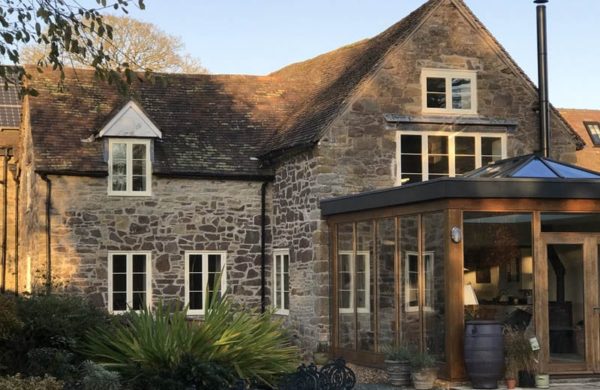
Brian Tripp came to Gowercroft for help with renovating his newly acquired property by installing traditional flush casement windows. He…
Read More